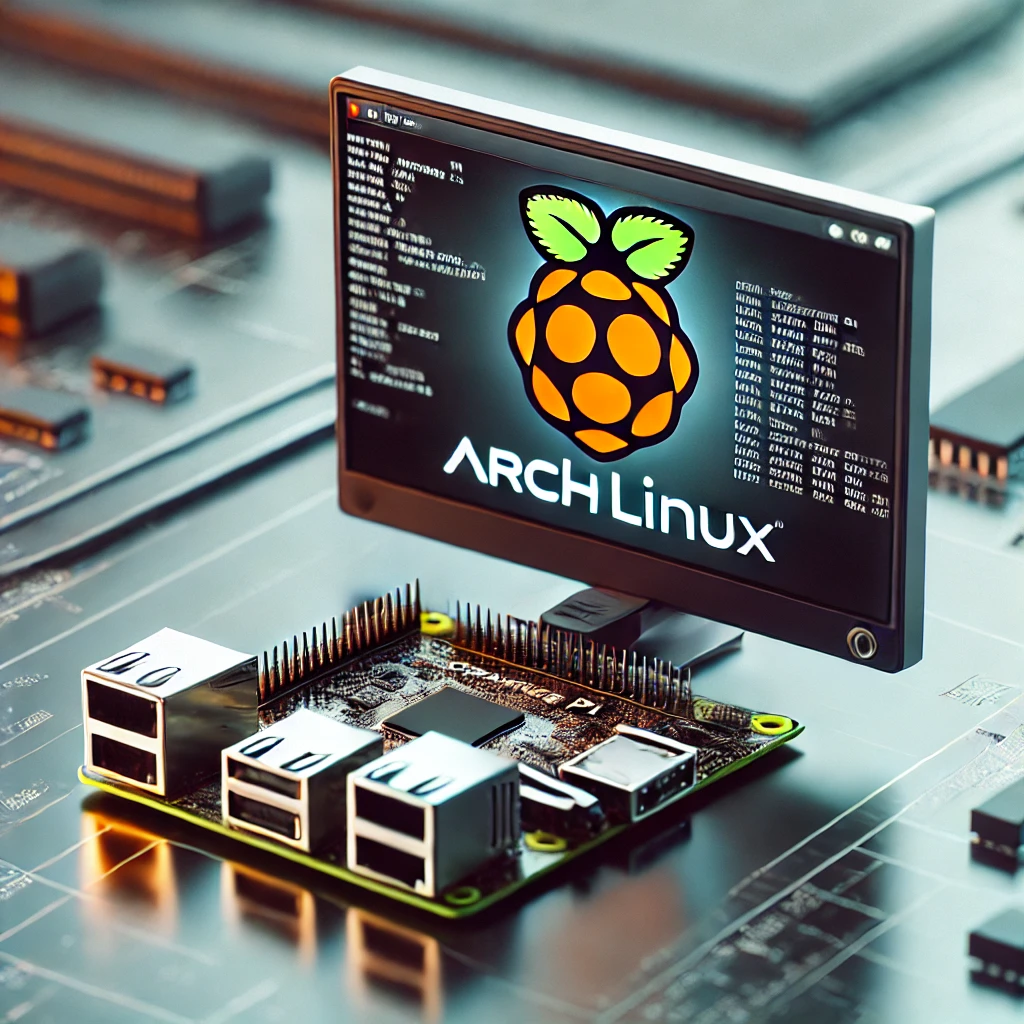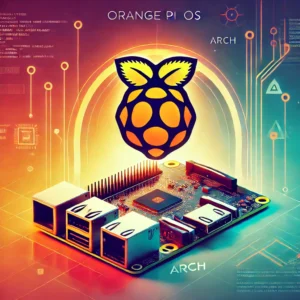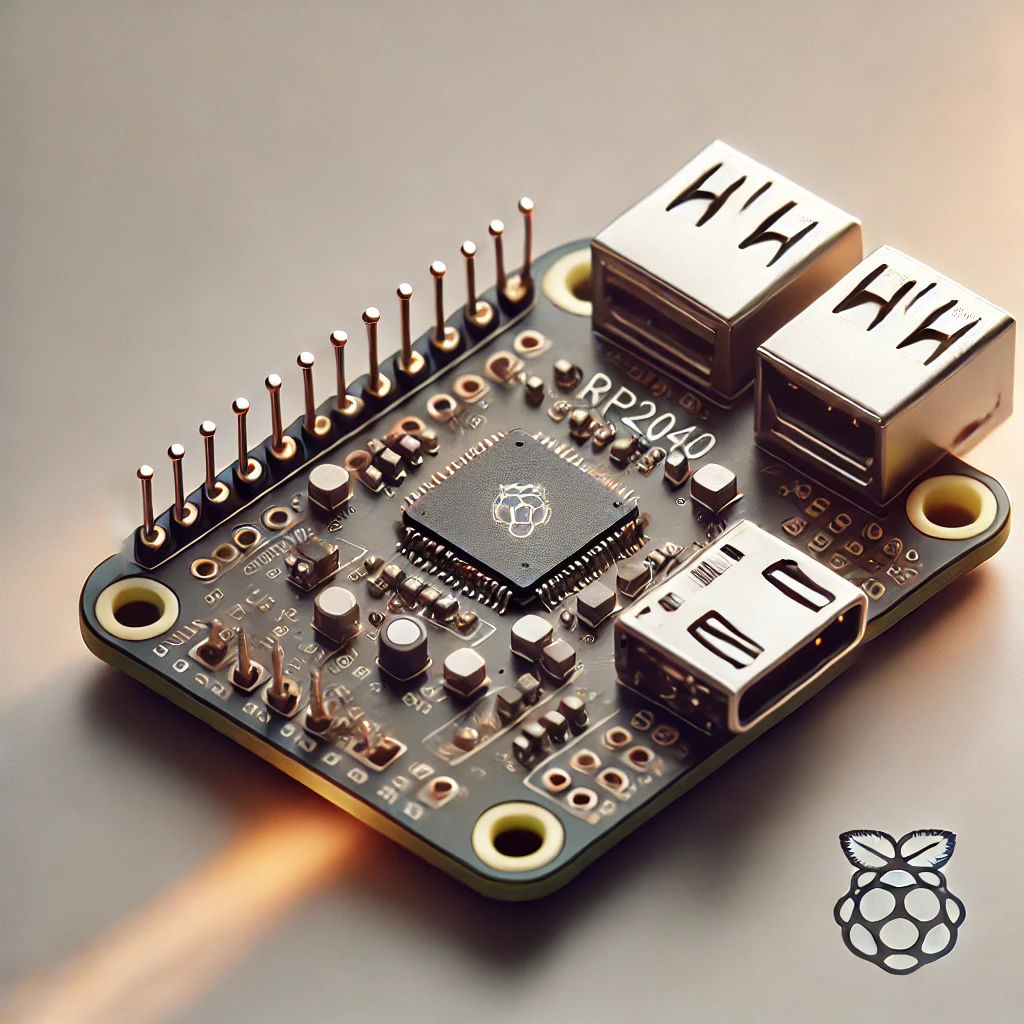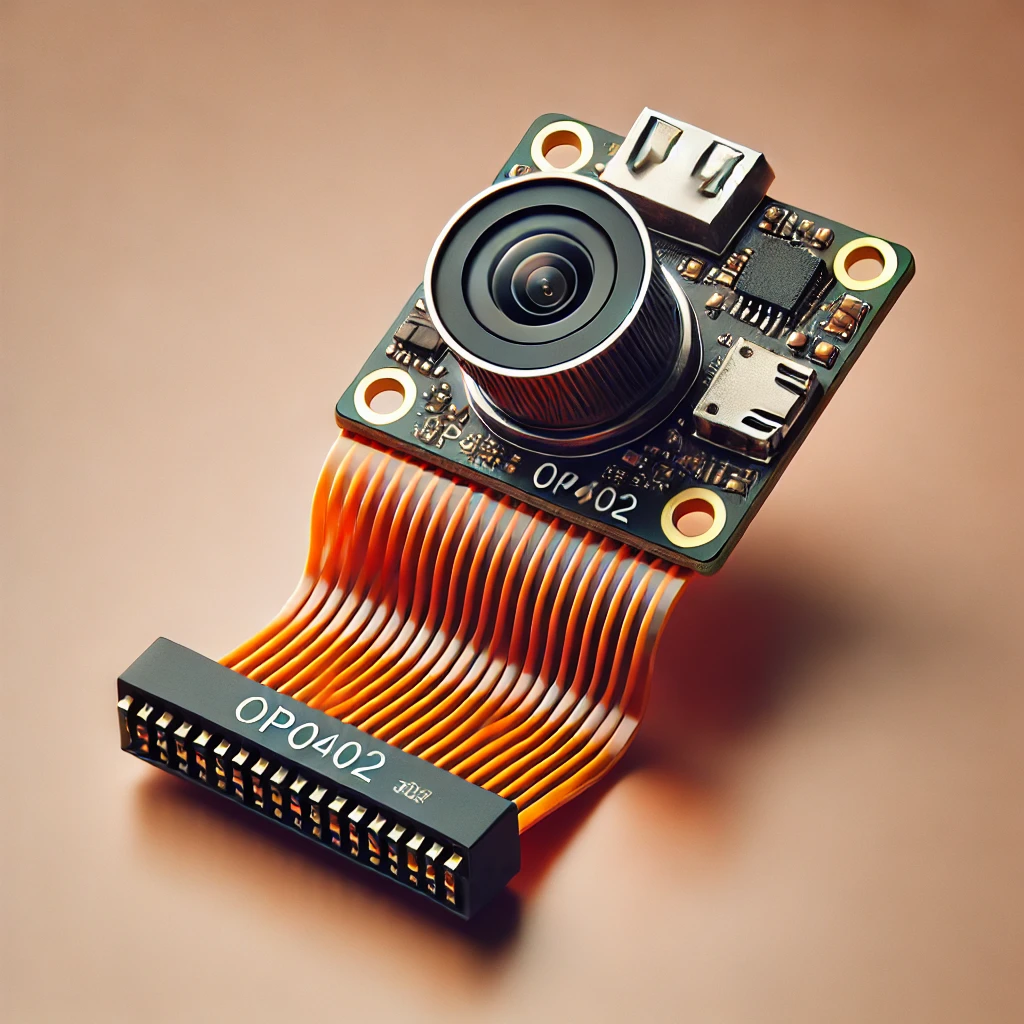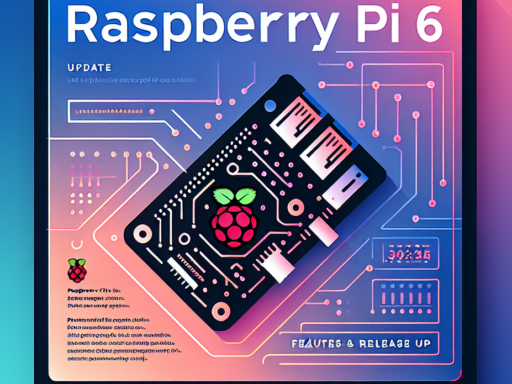Introduction to Orange Pi OS (Arch)
Orange Pi OS (Arch) is an open-source, lightweight operating system designed specifically for the Orange Pi series of single-board computers (SBCs). Built on the robust Arch Linux foundation, this OS offers a minimalistic and highly customizable environment perfect for developers, hobbyists, and tech enthusiasts. In this article, we’ll explore what makes Orange Pi OS (Arch) a powerful alternative to Raspberry Pi and other SBCs, including its features, installation process, and potential use cases.
What is Orange Pi OS (Arch)?
Orange Pi OS (Arch) is a variation of Arch Linux, a well-known lightweight OS, optimized for Orange Pi boards. With a focus on simplicity, flexibility, and user control, this operating system provides users with a streamlined experience that minimizes unnecessary software. If you value efficiency and enjoy working with a barebones system that allows you to build upon it, Orange Pi OS (Arch) could be the ideal solution for you.
Key Features of Orange Pi OS (Arch)
Orange Pi OS (Arch) inherits many of the benefits of Arch Linux, while also adding features specifically designed for Orange Pi hardware. Some of its standout features include:
- Lightweight and Minimalistic: The OS is designed to be as lightweight as possible, using fewer system resources, which makes it ideal for low-power SBCs.
- Customizability: With Orange Pi OS (Arch), users have full control over which packages to install, allowing for a tailored computing experience.
- Community-Driven Support: The Arch Linux community is vast, providing plenty of resources, forums, and guides for troubleshooting.
- Regular Updates: Like Arch Linux, the OS follows a rolling release model, meaning users always have access to the latest updates and patches.
How to Install Orange Pi OS (Arch) on Your Device
Installing Orange Pi OS (Arch) is straightforward if you follow the right steps. Here’s a simple guide to get you started:
- Download the OS: Head to the official Orange Pi website or relevant Arch Linux repositories to download the latest version of Orange Pi OS (Arch).
- Prepare Your SD Card: Using a tool like balenaEtcher, write the downloaded image file to an SD card.
- Insert the SD Card: Plug the SD card into your Orange Pi board.
- Power On: Boot up your Orange Pi, and the installation process will begin.
Comparing Orange Pi OS (Arch) to Other OS Options
When compared to other operating systems, such as Raspberry Pi OS or Ubuntu, Orange Pi OS (Arch) stands out for several reasons:
- Lightweight Efficiency: Unlike Raspberry Pi OS, which comes preloaded with applications, Orange Pi OS (Arch) allows you to install only what you need.
- Flexibility: Arch Linux’s rolling release model means that users get the latest features and updates without waiting for major OS releases.
- Customization: While Ubuntu and similar OSs offer a user-friendly experience, they may not offer the level of customizability that Orange Pi OS (Arch) provides.
Use Cases for Orange Pi OS (Arch)
Thanks to its flexibility and resource efficiency, Orange Pi OS (Arch) can be used for a wide range of projects, including:
- Home Automation Systems: Its lightweight nature makes it perfect for controlling smart devices in a home automation setup.
- Network Servers: Orange Pi OS (Arch) can be configured as a lightweight server for hosting websites, file sharing, or even gaming servers.
- Learning and Development: The OS provides an ideal platform for learning about Linux, programming, or networking in a controlled, minimal environment.
Optimizing Your Orange Pi Experience
To get the most out of your Orange Pi OS (Arch), consider the following tips:
- Install a lightweight desktop environment such as XFCE or LXDE if you plan on using a GUI.
- Use AUR (Arch User Repository) to access thousands of additional software packages.
- Regularly update your system using the
pacmanpackage manager to ensure your system stays secure and up to date.
Orange Pi OS (Arch) is a robust, customizable, and efficient operating system for Orange Pi devices. Whether you’re looking for a lightweight OS for a personal project, a development environment, or simply a fun Raspberry Pi alternative, Orange Pi OS (Arch) delivers versatility and power.
Visit our other website: aibrainpowered.com

